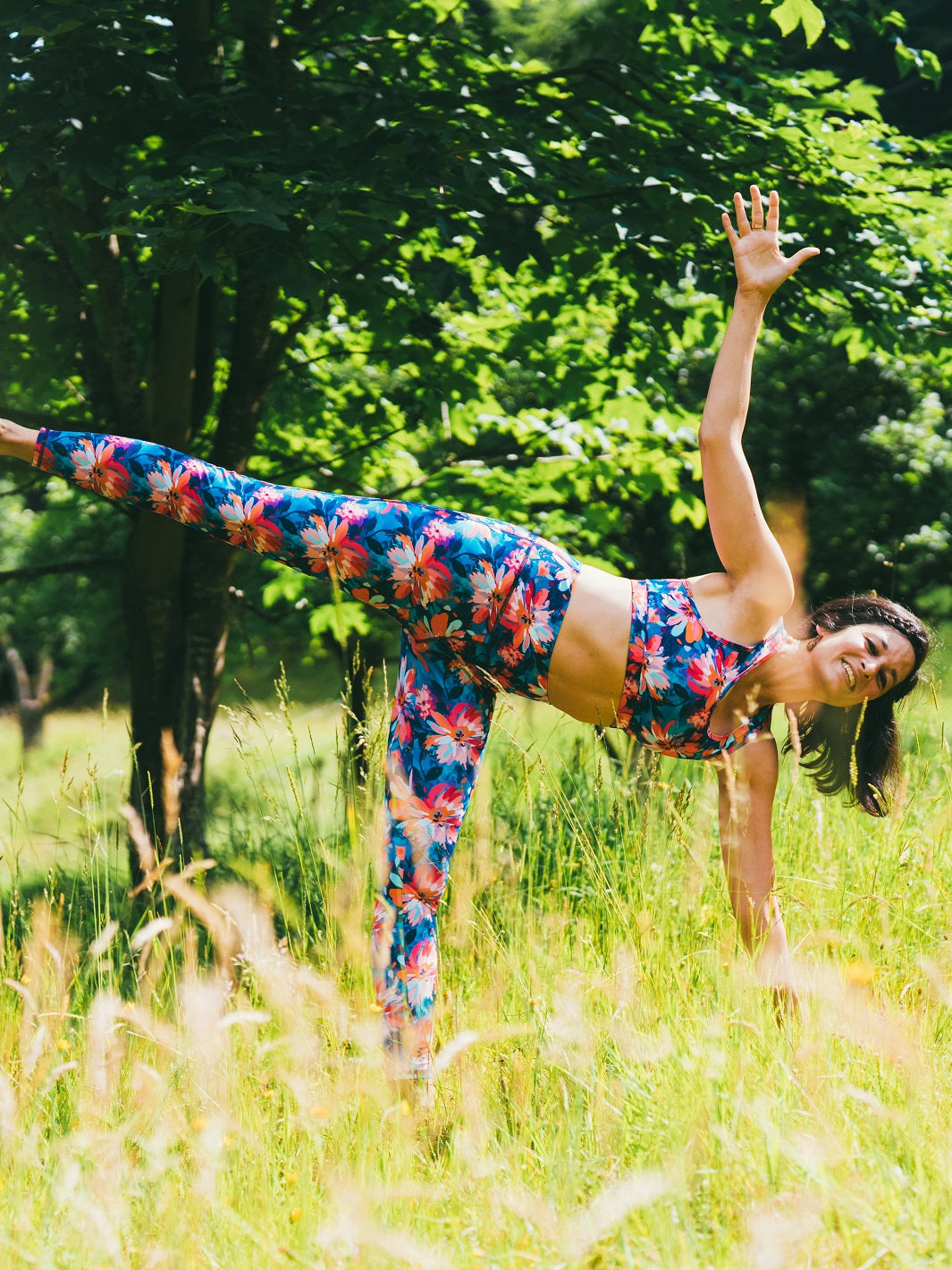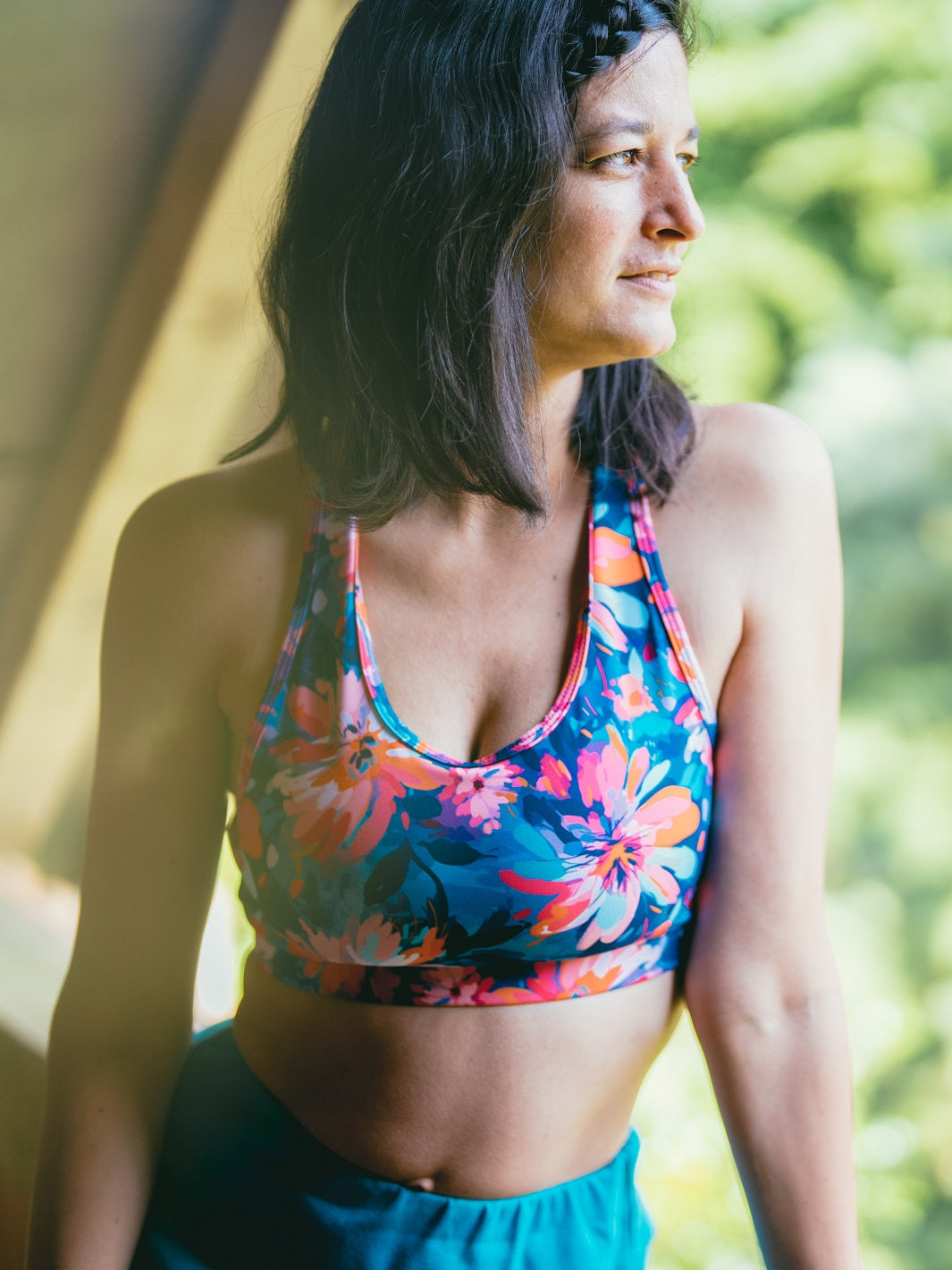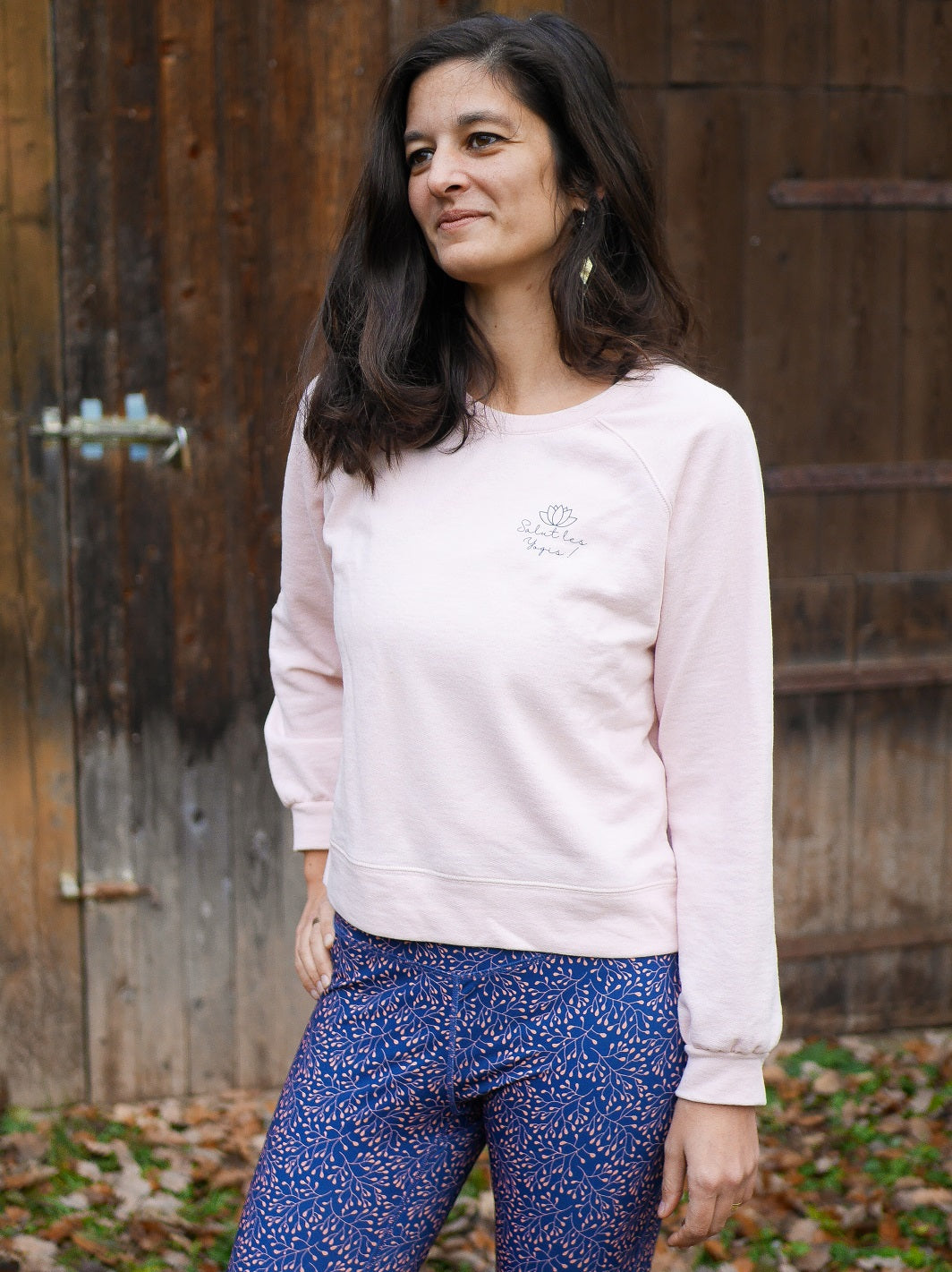Do you feel the urge to (re)connect with your body, breathe a little more deeply and cultivate a form of lasting well-being ?
Yoga is a wonderful gateway to all of this.
But when you're just starting out, you can quickly feel lost: what type of yoga should you choose ?
What to do during a first session? And above all... how not to give up too quickly ?
Here is a complete guide to laying the foundations for your practice with complete peace of mind.

1. What type of yoga should you choose to begin with?
The word yoga actually covers a wide variety of practices. As a beginner, it's important to choose a style that fits your current needs:
- Hatha yoga : Perfect for beginners. It's gentle, slow, and emphasizes alignment and breathing.
- Vinyasa yoga : more dynamic, the postures flow in rhythm with the breath. Ideal if you like to move and sweat a little.
- Yin yoga : very slow and meditative, it involves staying in each posture for a long time to stretch the tissues deeply.
- Restorative yoga : ultra-gentle, it is perfect for times of fatigue, stress or convalescence.
- Iyengar yoga : precise and highly technical, with props. Excellent for learning proper alignment.
👉 Beginner tip: Try out several styles and teachers to find the one that resonates with you. There's no such thing as a good yoga; there's your yoga.

2. Simple postures to get started
You don't need to do the splits or stand on your head to "do yoga." Here are some poses that are accessible to almost everyone and that you can try at home:
- Tadasana (Mountain Pose) : Standing with your feet firmly planted, straighten your spine and breathe. Simple yet powerful for experiencing balance.
- Balasana (Child's Pose) : A resting pose that relaxes the back and calms the mind.
- Bhujangasana (the cobra) : lying on your stomach, gently lift your torso to open your chest.
- Adho Mukha Svanasana (Downward-Facing Dog) : A classic pose that stretches the back of the body. Feel free to bend your knees.
- Savasana (final relaxation) : Lying on your back, you welcome the effects of the practice. This is a key moment, not to be missed!
👉 Don't hesitate to use blocks, cushions or straps to adapt the postures to your body (and not the other way around!).

3. How to avoid injury (and discouragement)
Yoga has a reputation for being gentle—but if done incorrectly, it can lead to pain. Here are some golden rules to keep in mind:
- Listen to your body. Slight tension, yes. Sharp pain, no.
- Never force it. Let time do its work. Yoga is a practice of humility.
- Breathe. If you find yourself holding your breath in a pose, you may have gone too far.
- Be consistent but realistic. 10 minutes a day is better than 1 hour every two weeks.
- Avoid comparisons. Yoga is not a performance. It's how you feel that matters, not what you look like.

4. Frequency and duration: How many times a week should you do yoga?
When you start out, it's natural to want to do everything at once... but also to become discouraged by the difficulty or the lack of immediate results.
Here are some simple pointers:
- 2 to 3 times a week is a good pace to progress without getting exhausted.
- 20 to 30 minutes per session is more than enough to begin with.
- Be forgiving : it's normal not to "feel the benefits" from the first sessions. Flexibility, strength, and above all, inner peace will slowly set in.
👉 Give yourself at least 1 month of regular practice before deciding if yoga is right for you. It's worth it—really!

5. Online or in-person courses: what to choose?
Both options have their advantages. The key is to stay curious and kind to yourself.
✔️ Face-to-face courses:
- Ideal for learning the basics with teacher adjustments
- Better safety for alignments
- Motivating group energy
✔️ Online courses:
- More flexible (times, location, budget)
- Allows you to test several styles at your leisure
- Useful for maintaining regularity
👉 If possible, start with a few face-to-face classes to lay a solid foundation, then vary with online content (there are high-quality ones, often free).

6. Create a sustainable wellness routine
Practicing yoga isn't just about performing postures. It's also about:
- Create a pleasant space to practice at home: a mat, soft lighting, a moment just for you
- Establish a little ritual : music, a mantra, a few breaths
- Keep a practice journal to note your feelings, your progress, your doubts
👉 The most important thing is not what you do, but how you do it . Even a very simple posture can become a moving meditation if practiced mindfully.

7. In summary: yoga for beginners is…
- A personal path, without performance objectives
- Simple postures, accessible to all bodies
- A progressive practice, respectful of each person's pace
- An invitation to slow down, to breathe, to reconnect with yourself
At first, it may seem difficult: muscles are pulling, mind is restless, flexibility is lacking... But hang in there . Every mat you unroll, every conscious breath you take is a step towards more clarity, strength and gentleness in your daily life.
What if you started today?
Take a deep breath. Unroll your mat. Start where you are, with what you have. Yoga requires nothing more than a little presence… and a little patience.
✨ Good practice, and welcome to this beautiful inner adventure.






Leave a comment